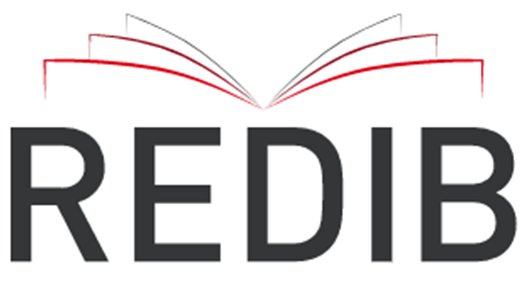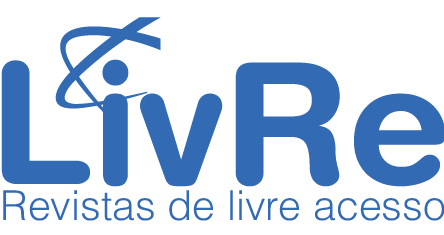Identificação de áreas susceptíveis a desertificação na bacia leiteira de Alagoas
DOI:
https://doi.org/10.5016/geografia.v49i1.18328Resumo
Localizada na região Nordeste, a região semiárida de Alagoas vem demonstrando diversos indícios de desertificação. Por conseguinte, objetivou-se identificar, através do sensoriamento remoto e de visitas em campo, territórios desertificados ou com um alto nível de degradação em municípios do Semiárido de Alagoas. Desse modo, dados de satélite referentes ao período de 2013 a 2022 foram empregados para a identificação e o monitoramento de regiões desertificadas ou em potencial, sendo processados no Qgis. Além disso, fotografias e anotações foram feitas através de visitas na área de estudo. A expressiva degradação da área de estudo e a intensa antropização das áreas classificadas como naturais no MapBiomas foram evidenciadas através das visitas em campo, indicando a vulnerabilidade da região ao processo de desertificação. A pecuária é predominante no território analisado, seguido de floresta que, ainda assim, teve sua área reduzida em detrimento da ascensão da agropecuária. O sensoriamento remoto fornece informações valiosas acerca da dinâmica espaço-temporal de determinada região, entretanto, assegurar a integridade de seus dados por meio do monitoramento in loco é imprescindível, dadas as limitações as quais as ferramentas de geoprocessamento estão submetidas.
Downloads
Publicado
Edição
Seção
Licença
Copyright (c) 2024 GEOGRAFIA

Este trabalho está licenciado sob uma licença Creative Commons Attribution 4.0 International License.
Os autores mantém os direitos autorais e concedem à GEOGRAFIA o direito de primeira publicação, com os artigos simultaneamente licenciados sob a Licença Creative Commons BY 4.0, que permite o compartilhar e adaptar os artigos para qualquer fim, desde que sejam dados os créditos apropriados e as disposições dos direitos de imagem, de privacidade ou direitos morais. Outras atribuições legais podem ser acessadas em: https://creativecommons.org/licenses/by/4.0/legalcode.en.
Geografia, Rio Claro, SP, Brasil - eISSN 1983-8700 está licenciada sob a Licença Creative Commons BY 4.0





